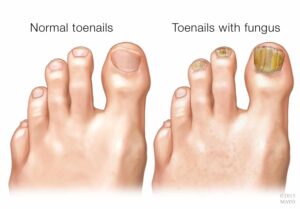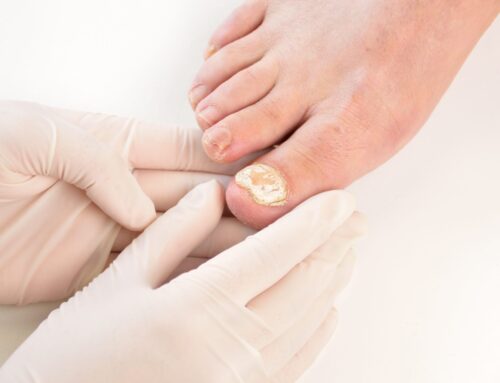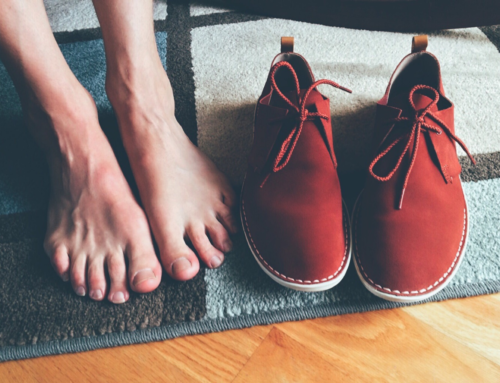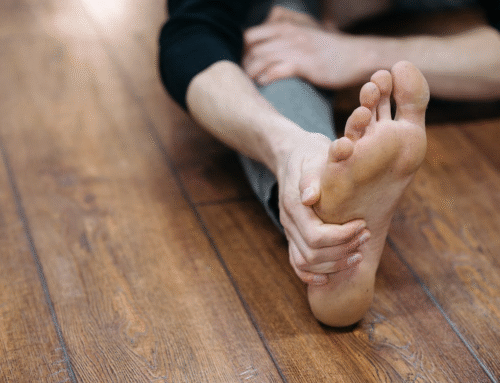How can nail fungus spread? Nail fungus is so, so infectious and contagious that it may seem downright perplexing. It also makes it that much more difficult and urgent to prevent nail fungus. However, to prevent nail fungus, you first have to understand how it spreads.
How to treat a toenail fungus
There are a few ways to treat a toenail fungus. There are over-the-counter topical creams. These have a very low cure rate. Typically between five and 10 percent. The reason it is so low is that they don’t penetrate all the way to the nail bed. A toenail fungus needs to be killed from the nail bed to be cured.
Another type of treatment is oral medication. Oral medication has a cure rate of about sixty percent. Although it has a higher cure rate, it can lead to other health issues. Many people fear liver toxicity when taking medication for a toenail fungus. You would need constant blood work done to ensure your liver is not in danger.
Avoiding Toenail Fungus
You should never share nail clippers or other tools used to maintain your nails. When sharing the same nail tools, you can get infected. You need to disinfect and sanitize the nail clippers before allowing someone else to use them. Nail fungus can easily be transferred with nail clippers or any other nail tools.
Also, you should always wear slippers when you are in public spaces. These include swimming pools, gyms, and locker rooms. Walking barefoot in these areas can easily lead to a toenail fungus infection. Also, it is not sanitary to walk barefoot, as you can also infect yourself with other infections, such as athlete’s foot. Always wear slippers or regular shoes when you are in public spaces.
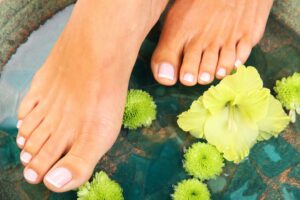
Avoid ineffective treatments for Toenail Fungus
Some home remedies for toenail fungus aren’t harmful. Toenail fungus is often tricky to cure. Treatments like tea tree oil may allow the fungus to get worse during the time spent trying them. Some at-home treatments for toenail fungus are very dangerous, like bleach. Avoid putting anything that isn’t meant for treating fungus on your toes, as you could cause damage.
Even treatments recommended by doctors for toenail fungus can have downsides. Topical medications for fungus are very weak. They require a long period of application before any results are seen, if at all. These topical medications usually don’t have any side effects, unlike oral antifungal medications. Oral antifungal medications are often a favorite of general physicians to treat toenail fungus. However, these medications can have bad side effects, including liver toxicity. Oral antifungals require blood testing before and during the course of medication to ensure they aren’t damaging your body. Also, having an underlying health condition can be more dangerous. These medications are more effective than at-home and topical treatments for toenail fungus, but are definitely risky.
Here are other tips to avoid toenail fungus:
- Wear natural cotton socks to wick away moisture. Natural fabric is recommended because it provides good ventilation. Dry your feet well before putting socks on. It is also important to change them daily.
- When drying your feet after a shower, use a separate towel and place it in the laundry hamper. This will prevent the fungus from growing on the towel and spreading.
- After washing socks, use a hot dryer to kill the fungal spores.
- Avoid sharing towels, shoes, or socks. The fungus can spread from person to person
- From time to time, wear open-toed footwear to allow your toes to breathe. You can also look for shoes with air-breathing holes or made from natural materials. These will allow air and moisture to pass through.
Cosmetic Tips to Avoid Toenail Fungus
- Do not wear nail polish for long periods of time. Wearing nail polish seals moisture beneath and encourages fungi to grow. Give your nails a break to breathe after removing nail polish.
- Keep your toenails properly trimmed to keep the fungus in check.
- When going to salons, be aware of their sanitation methods. Make sure they are using clean tools to prevent getting the infection.
- Always keep your feet clean and dry. Fungi like warm and moist environments, so drying your feet thoroughly will make it hard for fungi to survive.
The Spread of Nail Fungus
The way nail fungus – or any fungus for that matter – spreads is through the fungal spores. Fungal spores are the reproductive units of nail fungus, and they are basically dormant forms of the fungus. When you come into contact with fungal spores, they try to reach the nail bed underneath your nail. Usually, the nail acts as a barrier to doing that. However, if you have a cut on the skin surrounding your nail or a crack in the nail, the fungal spores can easily reach the nail bed.
Once they do, the fungal spores grow and proliferate to cause a nail fungus infection, which then goes on to feed on the keratin protein of the nail and infect the nail, creating the change in texture and appearance of the nail that is characteristic of nail fungus.
How common is it for nail fungus to spread?
According to doctors who specialize in nail disorders, about one out of every twenty-four cases of nail fungus will spread to other parts of the body, such as the fingernails, hands, back, and legs. Elderly individuals and/or those who take medications that weaken immunity are more susceptible to the spread of fungus.
Furthermore, if you allow the problem to persist and go untreated, the fungus will progressively move from the cuticle (where it typically originates) to the tip of the nail. It can also cause the nails to thicken, become discolored, brittle, and become inflamed and/or painful.
If you believe your nail fungus is spreading, seek medical attention. The best course of action is to see a nail doctor to determine if it is a nail fungus. Ask your doctor questions on how to prevent the spread of nail fungus. Learn ways to avoid getting nail fungus.

Who Is Most at Risk?
While anyone can get toenail fungus, your family members may be more likely to catch it if they:
- Walk barefoot in shared showers or bathrooms
- Share socks, shoes, towels, or nail tools
- Have small cuts on their feet
- Have conditions like diabetes or reduced circulation
- Have weakened immune systems
Other infections
The fungus may also spread to the skin, in which case the infection is now considered an athlete’s foot. If you have an infection on your toes, it is important to have socks on in order to prevent the infection from getting on your clothes and or underwear, or else you run the risk of passing the infection to your genitals.
The fungal infection is also able to spread to other people, especially people who live in your household. If you or someone does have a toenail fungus, avoid using the same socks and shoes, or using shower sandals in the shower. Though it is less likely for a nail infection to spread to other people, it is important to take simple precautions to keep those around you safe from contracting the fungus as well.
If you have nail fungus or its symptoms, don’t let it get worse. Consult with your healthcare provider or your local podiatrist. You may contact us to schedule a free consultation with our doctors.
How to prevent further spreading
So now that you know how the nail fungus spreads, you have to take steps to prevent coming into contact with fungal spores. They are most common in dark and damp places since this is the ideal environment for them. Intuitively, you are also most likely to come into contact with nail fungus in places that see contact with many people from different households, many of whom may be carriers.
This includes places like public poolsides, gym showers, and nail salons. The important thing to do is to always wear shoes in these places and wash your hands after touching any public items. You must also always visit nail salons that use sterilized nail tools.
Laser Treatment for Nail Fungus
If you have caught nail fungus due to its infectious nature, you can easily get treated using the FDA-approved PinPointe laser, which typically takes only one treatment to kill all the fungus and has no recovery period after.
Our nail doctors recommend this treatment. The PinPointe Laser treatment has the highest cure rate in the market. It has no side effects and no recovery period. As a result, you can go about your daily activities right after the treatment. Also, it is not painful.
Contact us today to schedule a free consultation with one of our doctors at one of our over 150 locations near you.


